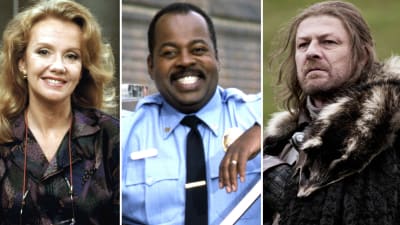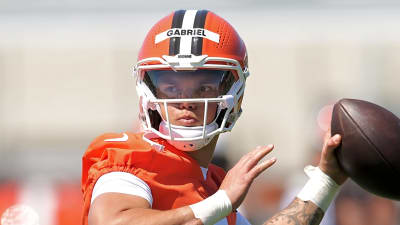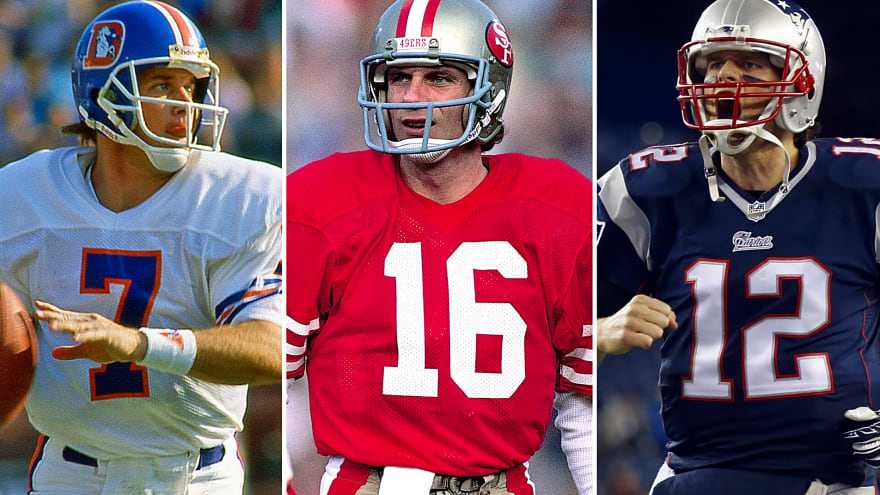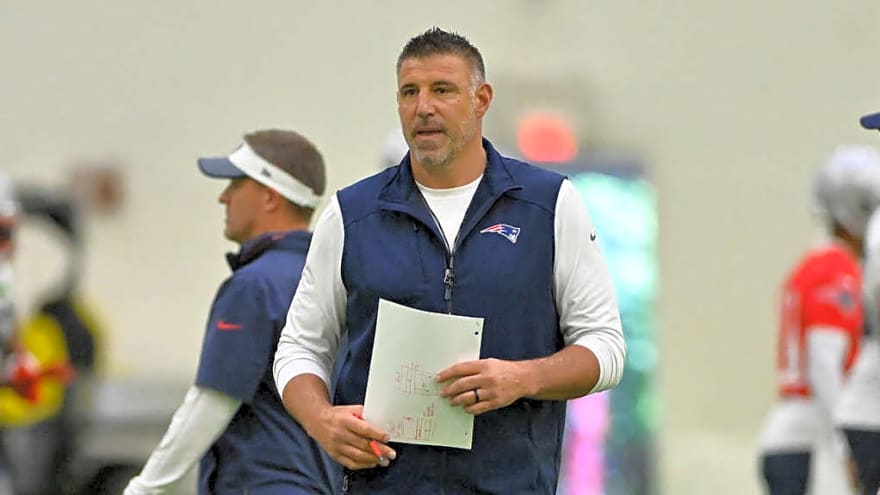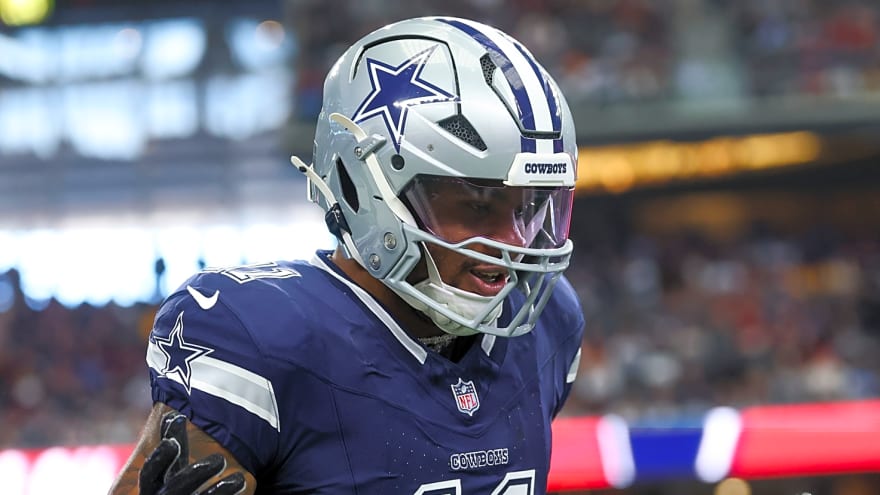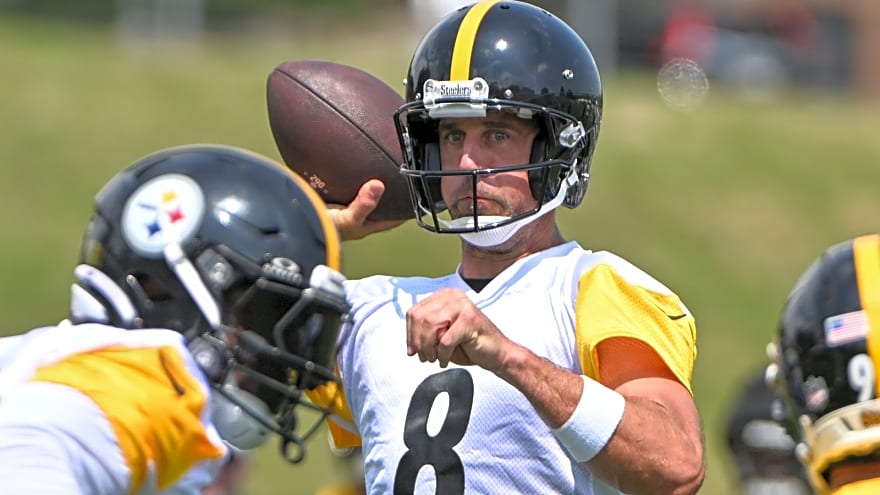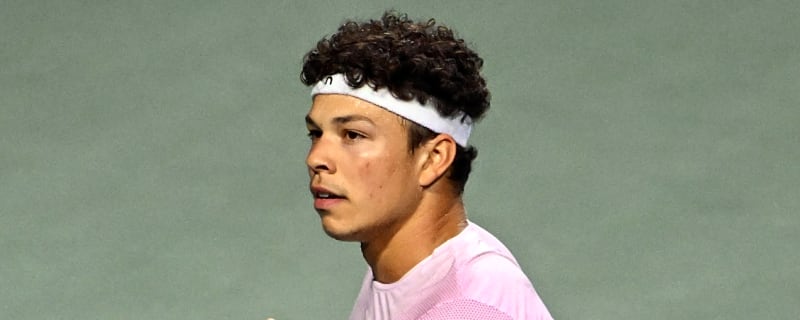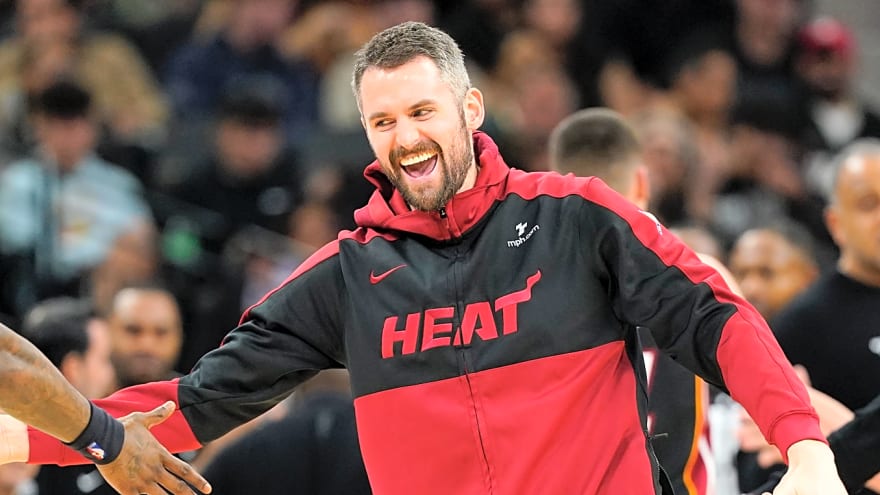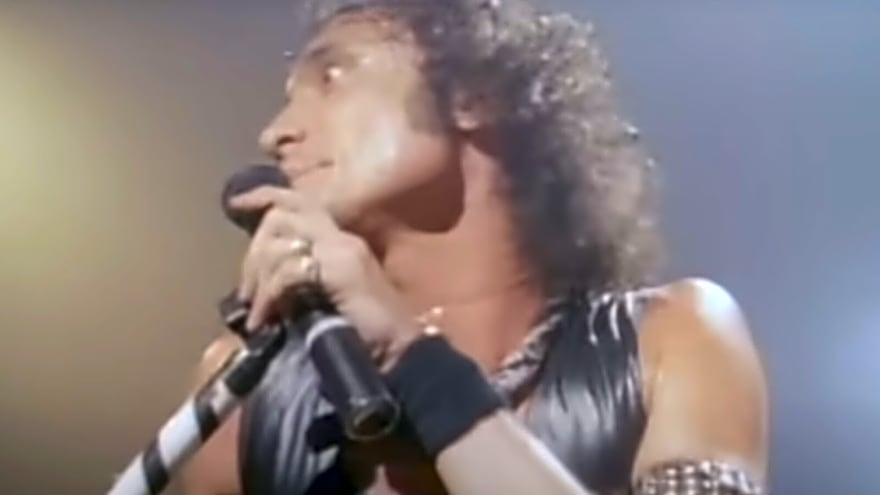
The top two picks in last month's WNBA draft clash on Friday when Cameron Brink and the Los Angeles Sparks host Caitlin Clark and the winless Indiana Fever.
Indiana fell to 0-5 after an 85-83 loss on Wednesday in Seattle, the first of a three-game road trip for the Fever. No. 1 overall pick and college basketball scoring record-setter Clark finished with 21 points, seven rebounds, seven assists and two blocked shots in the loss.
Clark said playing at a faster tempo will be important for Indiana as it continues its development throughout the season.
"Playing a little faster in transition," she said after the game. "When I can get the rebounds and go in transition, it's really good for us. When I can get the ball in my hands a little more as the (point guard), I think I'm a little more successful at times."
Clark is averaging 17.8 points per game to pace Indiana, but is shooting only 40.3 percent from the floor. The Fever's other two players averaging double-digit points are also shooting below 48 percent. Kelsey Mitchell is averaging 12.8 points and shooting 35.5 percent, and NaLyssa Smith is scoring 11.6 points and hitting 47.9 percent of her shots.
Los Angeles, meanwhile, secured its first win of the season on Tuesday, outlasting the Washington Mystics 70-68. Lexie Brown scored 20 points in the win, while Dearica Hamby finished with 17 points and 18 rebounds.
Three games into the Sparks' schedule, Hamby is averaging a WNBA-leading 13.7 rebounds per game. She has totaled at least nine boards and 17 points in each game.
Hamby has combined with Brink, this year's No. 2 overall pick, in the Los Angeles frontcourt, with Brink operating effectively as a defensive stopper.
Brink's 3.7 blocked shots per game rank second in the league through the early stretch of the season. One of her rejections helped preserve the win over Washington.
"She's such a good rim-protector and helpside defender," Sparks coach Curt Miller said of Brink. "She has to pick her spots on when to come and be a force around the rim. ... She tends to want to chase the ball off the ball because she's such a good rim protector. The challenge is (Brink has) got to be able to do both (defend in the lane and come out to the perimeter)."
More must-reads:
- Sophie Cunningham, Sparks HC react to third incident of object tossed onto court
- Mystics and Storm execute a rare win-win trade
- The 'NBA minutes leaders by season' quiz
Breaking News
Trending News
TODAY'S BEST

Could Wings move on from four-time All-Star at trade deadline?
With the Dallas Wings being sellers while sitting at 8-22, Arike Ogunbowale is officially a name to watch ahead of the WNBA trade deadline on Thursday at 3 p.m. ET. The franchise already shipped out DiJonai Carrington recently and received Diamond Miller, who needed a change of scenery and now can be a long-term piece next to Paige Bueckers, as her potential can finally be unleashed. Not to mention, the Wings lost the biggest free agent on the market, Satou Sabally, to Phoenix in free agency. The last major domino could be Ogunbowale, who is in her seventh season with the Wings and still one of the league’s top scorers. But times are changing in Dallas. Enter Bueckers, the No. 1 overall pick and an instant sensation. The UConn legend has lived up to the hype, already earning an All-Star nod as a rookie and leading Dallas in assists and efficiency. She’s the clear future of the franchise, and the front office may see a cleaner runway if it builds around her alone. That puts Ogunbowale, 28, in a tough spot. Her usage-heavy style doesn’t always mesh with Bueckers’ playmaking flow, and her contract could net Dallas major assets in return. Multiple contenders are monitoring the situation. If Dallas can land a haul of picks or younger pieces — especially frontcourt help — it wouldn’t be shocking to see Ogunbowale moved before Thursday’s deadline. She’s too talented to be stuck in a long rebuild, and Dallas knows her value won’t get higher. For now, she remains in teal. But with the Wings pivoting to Bueckers' team, Ogunbowale's days in Dallas might be numbered.
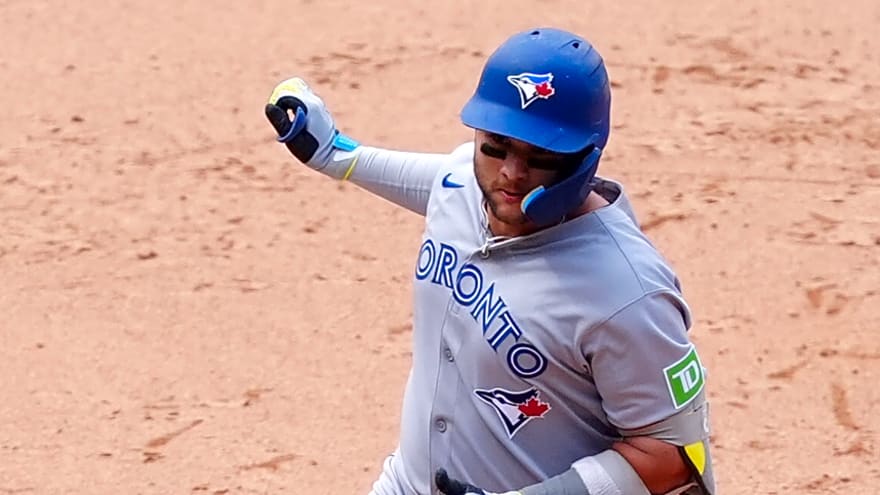
Blue Jays demolish MLB records with eye-popping Coors Field performance
DENVER — There's nothing like coming to Coors Field to fix what ails you. Just ask the Toronto Blue Jays. Losers of six of eight games before arriving in Denver, the Blue Jays posted an MLB-record 63 hits in a three-game series while easily sweeping a road series from the Colorado Rockies. By totaling 25 hits on Monday night, 14 on Tuesday and 24 in Wednesday's matinee, the Blue Jays set a new MLB standard for offensive prowess. Toronto passed the MLB record of 62 hits in a three-game series, set by the Boston Red Sox in a June 7-9, 1950 matchup against the St. Louis Browns. As part of the hit parade, Toronto smashed 13 home runs, the most ever surrendered by the Rockies in a three-game set. Included in that barrage were three hits by Bo Bichette, including a three-run shot on Wednesday afternoon that got the Blue Jays rolling in the third inning. Kyle Freeland, Wednesday's starter for Colorado, allowed seven hits in his 4.2 innings of work. That was the fewest amount of hits given up by a Rockies starter against Toronto, as Rockies starter Tanner Gordon allowed 11 in 2.2 frames on Monday, while Anthony Molina surrendered nine in 5.0 innings on Tuesday. "We need to pitch with confidence as starting pitchers. We need to command the baseball better in general," said Rockies interim manager Warren Schaeffer as his team slipped to 30-84 on the season. "We have to put hitters away when we have that opportunity." That was something Colorado couldn't do against the Blue Jays on Wednesday, as their first six runs of a 20-1 blowout win came with two outs in the frame. Wednesday's offensive explosion helped Toronto outscore the Rockies, 45-6, in the series. That run differential was the second-most in MLB's modern era and the most runs scored by an MLB team in a three-game series since the 2019 Chicago Cubs scored 47 runs against the Pittsburgh Pirates from Sept. 13-15, 2019. In all, the 45 runs, 63 hits and 13 home runs allowed in the series were each the most allowed by Colorado pitchers in a three-game set in franchise history. How bad did it get for Colorado at the end of the series? Down 12-1 entering the ninth inning on Wednesday, the Rockies put catcher Austin Nola on the mound for his first-ever pitching appearance. He was nothing like his younger brother, Philadelphia Phillies ace Aaron Nola, as he promptly gave up four consecutive doubles, including RBI shots from Bichette and Vladimir Guerrero Jr., as part of eight hits and eight runs posted by the Blue Jays against him. "It hurts when you get beat that bad for three games," Nola said. "We can compete with anybody. I know we can. We're all Major League players, so it definitely hurts. We're going to have to flush this one and get back out there on Friday in Arizona and have a new competitive attitude." All quotations obtained firsthand unless otherwise noted.
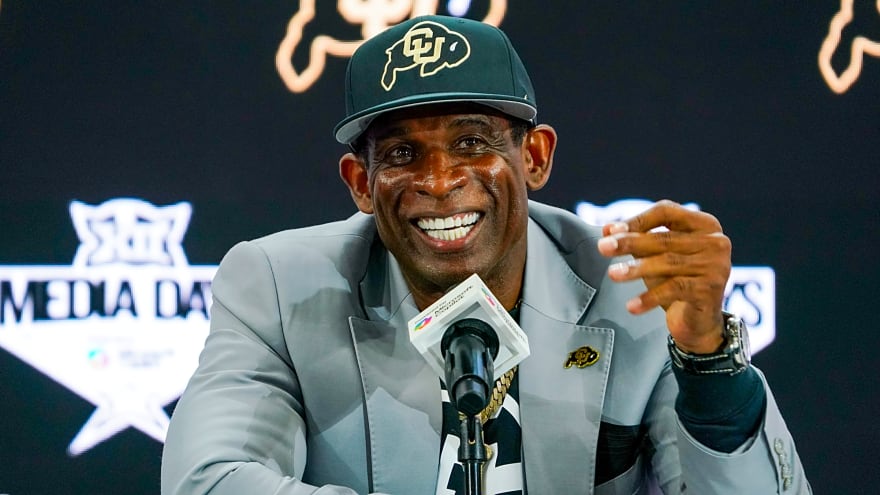
NFL Hall of Famer reveals why he chose to join Deion Sanders' Colorado coaching staff

Why Red Sox may regret extending rookie Roman Anthony
To say that the Boston Red Sox are keeping MLB fans and analysts on their toes this season is an understatement. Almost two months after trading the face of their franchise, Boston signed MLB’s No. 1 prospect, Roman Anthony, to an eight-year, $130 million extension. Between trading Rafael Devers and locking Anthony up through 2034, the Red Sox have been the boldest MLB team this season by far. But will this move pay off? Fans expected Sox owner John Henry to spend money on the team during the offseason, but no one anticipated a massive mid-year pact with a rookie would occur. Anthony has only played 46 MLB games, during which he has slashed .283/.400/.428 with 19 RBIs and two home runs. While his rapid ascent through the minor league and hot start to his professional baseball career are beyond what fans could’ve asked for, Anthony’s extension is still premature from a financial perspective. With a $16.25 million AAV on his contract, the Sox have piled high expectations onto a player who recently turned 21 years old. For Anthony’s sizable and long-term commitment to be worth the investment, he should produce an annual 2.0 WAR at least and earn at least three or four All-Star, Gold Glove or Silver Slugger Awards by the end of his contract. For reference, Marcell Ozuna and Kyle Tucker received contracts within $250,000 AAV of Anthony’s contract AAV, according to Spotrac. All three achieved this criterion before they were rewarded with lucrative agreements. Weighing these standards against Anthony’s newness to MLB, it’s nearly impossible to say Boston’s decision-making was backed by more than just impulse. Somehow, Anthony isn’t the first rookie the Red Sox extended this year. With five games of baseball under his belt, Boston closed an eight-year, $60 million deal with Kristian Campbell, who was MLB’s No. 6 prospect at the time. While Campbell’s $7.5 million AAV is drastically different from Anthony’s, the Sox’s strategy to hoard young players before they’ve had enough time to prove themselves isn’t logical. Keeping Anthony off the free-agent market for the next decade may be the best risk the Sox have ever taken, or it may be one of the most expensive decisions made. Anthony must deliver the high-performance projections his contract sets for his early extension to pay off, but odds are, Boston is putting the cart before the horse.

Green Bay Packers: Slo-Mo Video of Jordan Love’s Insane 55-Yard TD Bomb to Romeo Doubs Goes Viral

George Kittle delivered powerful comment about new Packers WR that sheds light on what Green Bay saw in the player
The Green Bay Packers are not done adding wide receivers. The team drafted Matthew Golden and Savion Williams, signed Will Sheppard, but also added another rookie—Isaiah Neyor, a big-bodied, undrafted receiver who had signed with the San Francisco 49ers right after the draft. Neyor spent three months in San Francisco and had a quiet training camp, which led to the team's decision to waive him, but it was enough time to catch the attention of star tight end George Kittle. Going back to June, in an interview with Bussin' with the Boys, Kittle talked about Neyor. "He's a good kid. I like him. He's a freak. He is really tall, and I watched him running a route, he got like nine and a half yards in two strides," Kittle mentioned. "It was insane. We watched it like ten times in the tight end room. We were like, how is he doing this? It's funny." The rookie has an insane athletic profile. He's 6-4, 218 pounds, and ran a 4.43 40-yard dash. With a 9.97 incomplete Relative Athletic Score, he had elite size, explosion, and speed grades—but no agility testing information. "If you're that tall, just make plays and do well on special teams. Right?," Kittle added. "At the bare minimum, you should make the practice squad." Positional battle With two weeks of training camp gone, Isaiah Neyor will have a hard time to make the 53-man roster. The Packers have Golden, Williams, Romeo Doubs, Jayden Reed, and Dontayvion Wicks as locks. Veterans Mecole Hardman and Malik Heath are also ahead of the rookies. Even players like Cornelius Johnson and Julian Hicks, who spent last season on the practice squad, have a natural advantage. Christian Watson is expected to start the season on PUP, so he won't count against the 53-man for at least four weeks. However, both undrafted rookies (Neyor and Sheppard) have a real shot at making at least the practice squad. In Neyor's case, the 49ers expected him to be around—so much that they guaranteed him $259,000 as an undrafted free agent signing. But with injuries all over the wide receiver room, the Niners needed spots for veteran guys—they have players like Robbie Chosen, Russell Gage, and former Packer Equanimeous St. Brown on the 90-man roster. As a consequence, they lacked space for developmental pieces. With two drafted rookies in Jordan Watkins and Junior Bergen, Neyor became an afterthought. On the Packers, though, the rookie will have another chance to prove that George Kittle was right.
Customize Your Newsletter
 +
+
Get the latest news and rumors, customized to your favorite sports and teams. Emailed daily. Always free!


